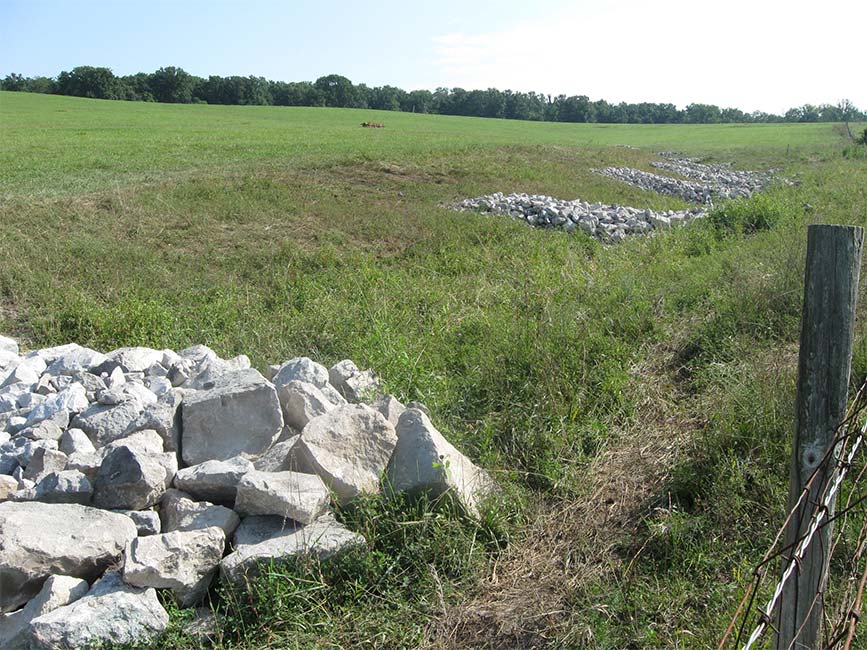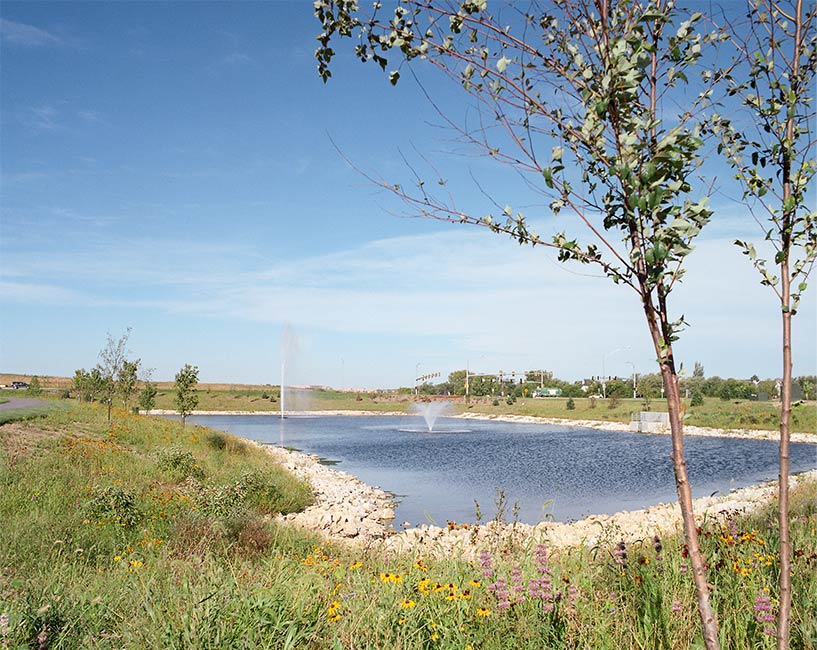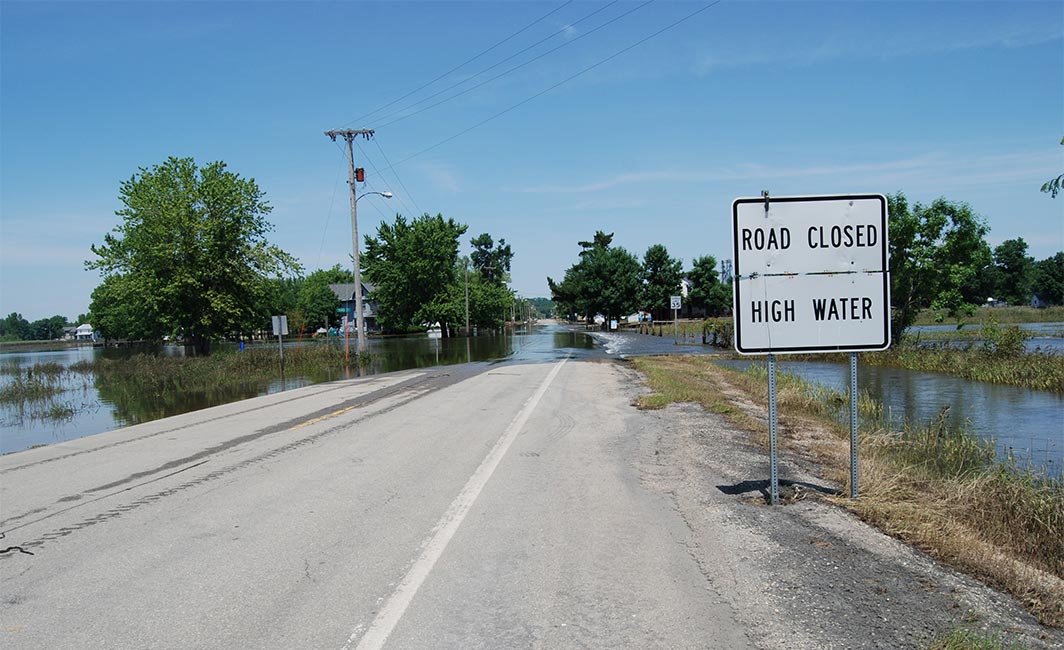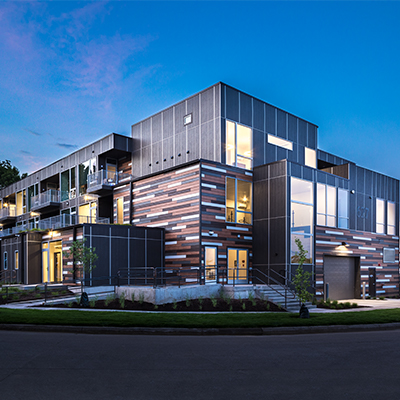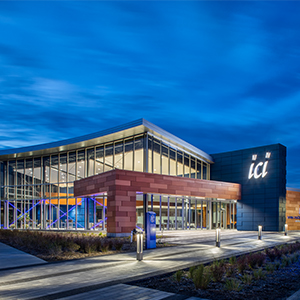Environmental permitting comes in a variety of shapes and sizes, and is generally in place to protect against negative impacts to our environment. Completion of appropriate permits is necessary to project success as a lack of required permits can result in fines or costly schedule setbacks. Shive-Hattery’s knowledge of these varied requirements and strong relationships with regulatory agencies allows for a streamlined permitting process. The following are common permits Shive-Hattery can assist you with.
401/404 Permitting
The United States Army Corps of Engineers (USACE) issues permits for the Clean Water Act on projects that have impacts to aquatic resources. The aquatic resources that fall under jurisdiction of the USACE include wetlands, streams, lakes, and rivers. Shive-Hattery can assist with obtaining the proper permits during the appropriate stage of development to maintain an acceptable timeline.
If mitigation for a project is required, Shive-Hattery can assist with the proper channels and options to effectively ensure your project stays on schedule. Click here for more information.
Floodplain Permitting
Projects that include construction within the floodplain of a stream or river may require a floodplain permit. We can determine what permits are necessary and help obtain the necessary permits.
Our floodplain related services include:
- Hydrologic and hydraulic analysis
- Floodplain modeling and mapping
- No-rise certification
- Bridge and culvert sizing
- Watershed Planning
NPDES Permitting (SWPPP)
Federal Clean Water Act regulations require stormwater discharges from construction activities be covered under a National Pollutant Discharge Elimination System (NPDES) permit. Projects that occur within an area that is currently covered by an existing NPDES permit require a Stormwater Pollution Prevention Plan (SWPPP). Erosion and sediment control management infractions can levy large fines from the Department of Natural Resources (DNR) and/or the Environmental Protection Agency (EPA). Providing a plan that includes protective cover on the soil surface, best management practices (BMP’s) to retain and filter sediment and proper runoff diversion, maximizes soil infiltration and captures sediment. Having a compliant, current, and effective SWPPP plan helps you mitigate potential problems before construction begins.
Our engineers and SWPPP designers will establish a comprehensive plan for existing and post-construction conditions of the site to identify potential sources of pollution and describe the implementation and management of practices to be used to reduce the pollutants in stormwater discharge.
SWPPP services include:
- SWPPP Plans and Specifications
- Notice of Intent (NOI)
- Public Notice of Stormwater Discharge/Proof of Publication
- Permit Fee
Stay in Touch for Monthly Shive-Hattery Industry Insights
More Shive-Hattery Projects
Creating the foundations that support community growth.
We're Learning, Growing + Sharing
Stay on top of the latest industry trends as we share how we are staying ahead of them.
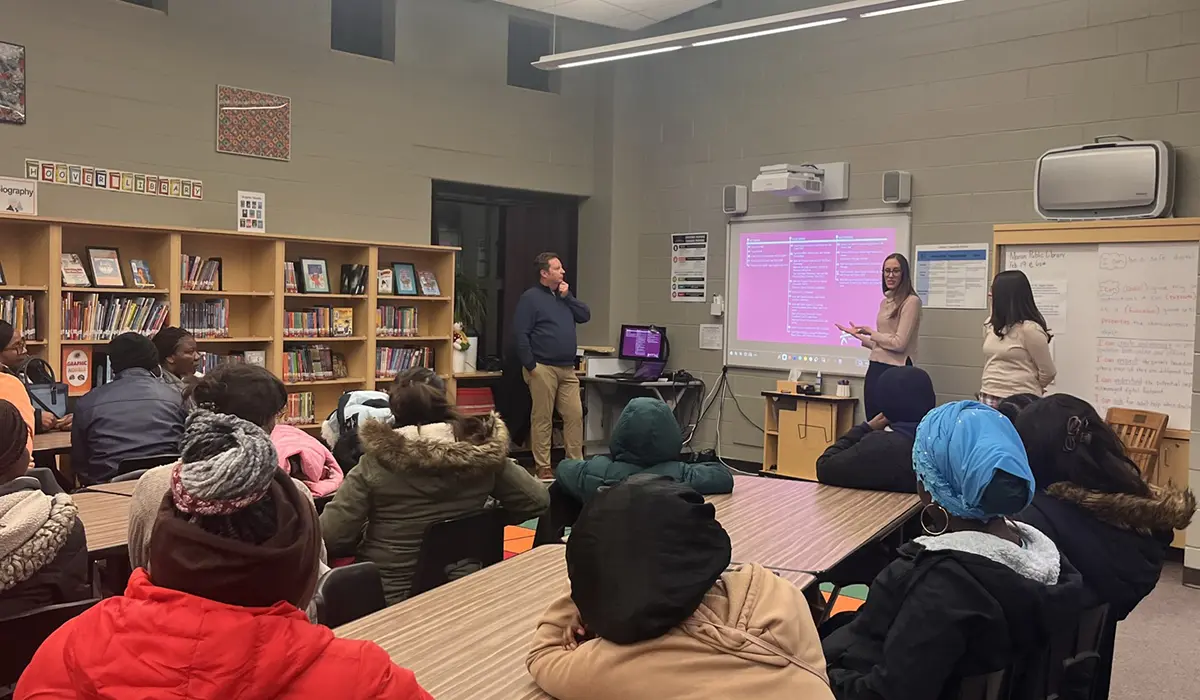
Giving Staff & Student Families a Voice
Pre K-12

Shive-Hattery Engineers Celebrated for The Gazette’s Engineers Week.
Infrastructure

Live! Casino and Hotel Louisiana Grand Opening
Gaming & Hospitality

